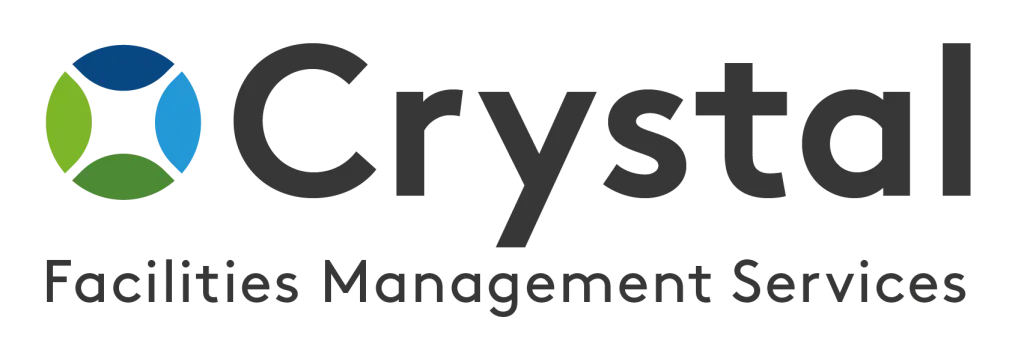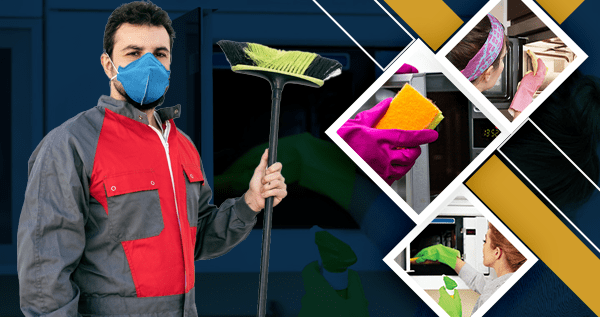The Science Behind Disinfection: Understanding How it Works
As the world continues to grapple with the COVID-19 pandemic, the importance of disinfection has become more apparent than ever. From the surfaces we touch to the air we breathe, the need for effective disinfection has never been more crucial. But how exactly does disinfection work? What are the underlying scientific principles that make this process effective? In this article, we will delve into the science behind disinfection and provide a better understanding of how it works.
What is Disinfection?
Disinfection is the process of killing or rendering inactive harmful microorganisms such as bacteria, viruses, and fungi. This is typically achieved through the use of chemical agents or physical methods that eliminate or reduce the presence of these microorganisms to a level where they are no longer harmful. Disinfection is an essential part of maintaining a clean and safe environment, especially in settings such as hospitals, laboratories, and public spaces where the risk of microbial contamination is high.
The Role of Microorganisms
Microorganisms, also known as microbes, are tiny organisms that are found all around us. While many types of microbes are harmless or even beneficial, some can cause illness and disease. Bacteria, viruses, and fungi are the most common types of harmful microorganisms that require disinfection to prevent the spread of infections. These microorganisms can survive and multiply on surfaces, in the air, and in water, posing a risk to human health. Effective disinfection is crucial in controlling the spread of infectious diseases and maintaining a hygienic environment.
Types of Disinfectants
Disinfectants can be classified into several categories based on their chemical composition and mode of action. Some of the most common types of disinfectants include:
Chemical Disinfectants
Chemical disinfectants work by disrupting the structure of microorganisms, leading to their inactivation or death. These disinfectants can be further categorized into several groups, including:
- Quaternary Ammonium Compounds
- Chlorine-based Compounds
- Alcohols
- Phenolic Compounds
Physical Disinfection Methods
Physical disinfection methods involve the use of physical agents such as heat, UV radiation, and filtration to eliminate or reduce the presence of microorganisms. These methods are often used in conjunction with chemical disinfectants to achieve a higher level of microbial control.
Mechanisms of Action
Disinfectants work through various mechanisms of action to inactivate or kill microorganisms. Understanding these mechanisms is crucial in selecting the right disinfectant for a particular application. Some of the common mechanisms of action include:
Damage to Cell Membranes
Many disinfectants work by damaging the cell membranes of microorganisms, leading to the leakage of cellular components and eventual cell death. This disruption of the cell membrane integrity is a key mechanism by which disinfectants exert their antimicrobial effects.
Denaturation of Proteins
Proteins are essential components of microbial cells, and their denaturation can lead to the loss of cell function and ultimately microbial death. Disinfectants that target proteins can effectively inactivate microorganisms by disrupting their biochemical processes.
Interference with Metabolic Processes
Some disinfectants interfere with the metabolic processes of microorganisms, disrupting their ability to reproduce and survive. By targeting essential enzymes and biochemical pathways, these disinfectants can effectively prevent microbial growth and spread.
Factors Affecting Disinfection Efficiency
Several factors can impact the effectiveness of disinfection, including:
Concentration of Disinfectant
The concentration of a disinfectant plays a critical role in determining its effectiveness. Higher concentrations of disinfectants generally lead to greater microbial inactivation, but it is essential to balance this with considerations of safety and environmental impact.
Contact Time
The duration for which a disinfectant is in contact with microorganisms, also known as contact time, is crucial in ensuring effective disinfection. Longer contact times generally result in higher microbial inactivation, as the disinfectant has more time to exert its antimicrobial effects.
Microbial Load
The initial level of microbial contamination, or microbial load, can influence the effectiveness of disinfection. Higher microbial loads may require more rigorous disinfection measures to achieve the desired level of microbial control.
Environmental Conditions
Environmental factors such as temperature, humidity, and pH can impact the efficacy of disinfectants. It is important to consider these factors when selecting and using disinfectants to ensure optimal performance.
The Role of Crystal Facilities Management in Disinfection
As a leading provider of cleaning services, Crystal Facilities Management understands the critical importance of effective disinfection in maintaining a safe and healthy environment. Our team of experts is well-versed in the science behind disinfection and is equipped with the knowledge and tools to deliver thorough and efficient disinfection services.
We prioritize the use of high-quality disinfectants that are proven to be effective against a wide range of microorganisms, ensuring that our clients receive the highest standard of microbial control. Additionally, we tailor our disinfection protocols to suit the specific needs of each client, taking into account factors such as environmental conditions, microbial load, and contact time to deliver targeted and comprehensive disinfection solutions.
Whether it’s in healthcare facilities, educational institutions, or commercial spaces, our commitment to excellence in disinfection sets us apart as a trusted partner in maintaining hygienic and safe environments. By staying at the forefront of disinfection science and best practices, we continuously strive to exceed our clients’ expectations and contribute to the well-being of the communities we serve.
Conclusion
Understanding the science behind disinfection is essential in effectively controlling the spread of infectious diseases and maintaining a clean and safe environment. By considering the mechanisms of action, types of disinfectants, and factors affecting disinfection efficiency, we can make informed decisions in selecting and using disinfectants to achieve optimal microbial control.
At Crystal Facilities Management, we are dedicated to harnessing the power of disinfection science to deliver exceptional cleaning services that prioritize the health and safety of our clients. By staying informed and adaptable in the rapidly evolving landscape of disinfection, we are well-positioned to meet the diverse and evolving needs of our clients and make a meaningful impact on public health.












